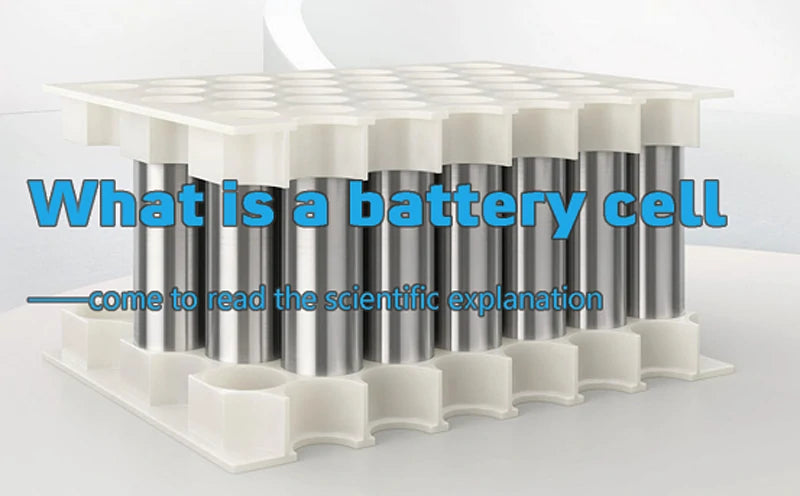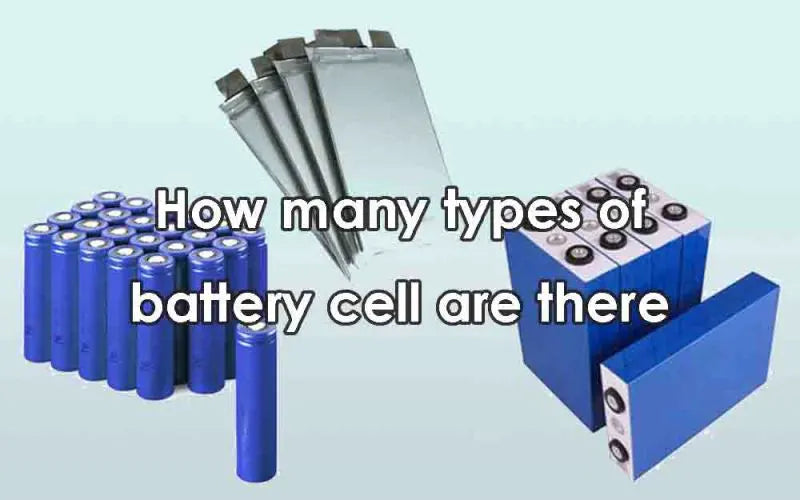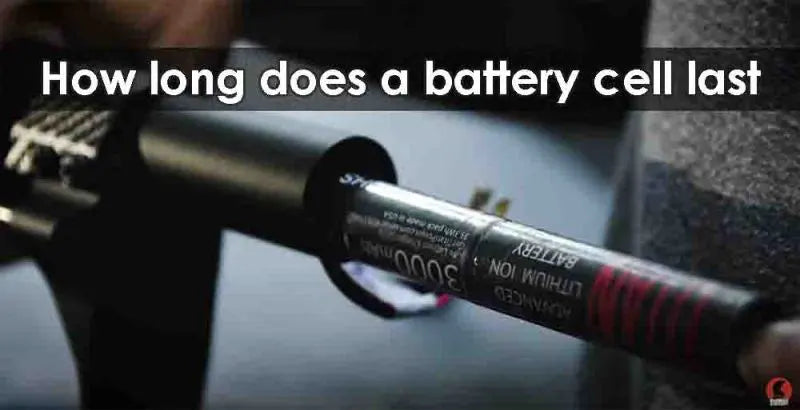
Main content:
What is a cell in a battery
Generally speaking, a battery is made up of a cell or a group of cells that convert chemical energy into electrical energy. A battery cell typically consists of 3 components: cathode (positive electrode), anode (negative electrode), and a chemical called electrolyte in the electrodes.
What is Lithium-ion battery cell
Lithium-ion battery contains Li-ion cells in which the cathode is usually made up of metal oxide (usually lithium-cobalt oxide or lithium iron phosphate) and the anode is made from graphite or other carbon material. Lithium salt in organic solvent serves the purpose of electrolyte in the lithium-ion battery cell.What is the difference between battery and cell
A cell is the smallest unit of the main structure of the battery pack whereas a battery is made up of one or more cells. Battery is a general term, which can refer to the whole battery pack, or a single battery cell in some cases. Thus, in a single-celled battery, a battery cell can be considered an entire battery.How do cells work
Every battery cell consists of two electrodes (anode and cathode). The electrolyte serves as the medium for the transportation of ions inside the battery cell. When the anode and cathode are connected to a wire, a circuit is formed through which the flow of electrons takes place and electricity is produced. In a Lithium-ion battery cell, the same process takes place where the lithium ions move through electrolyte towards the positive electrode while powering up external devices; whereas during battery cell charging, the direction of ions revert back and ions are forced move from positive to the negative electrode and stay there as a mean to store energy.What is the function of cells
The function of battery cells is to store electrical energy in the form of chemical energy and fulfill the energy needs upon requirement by converting chemical energy into electrical energy.How many types of battery cells are there
Batteries can be broadly divided into two types: primary (non-rechargeable) and secondary (rechargeable)Primary
Primary batteries are for single-time usage and can not be recharged. Mercury batteries and alkaline and carbon zinc batteries are the most common type of primary batteries.Secondary
Secondary batteries are for long-term usage and can be recharged hundreds or thousands times based on technology. Lead acid batteries and Lithium-ion batteries are the most common type of rechargeable batteries.Among the rechargeable battery types, lithium ion battery is the most common one with the longest battery cycle of up to 4000 times.Which battery cell is best
Among the various rechargeable battery cells, lithium-ion cells are the best for a number of reasons. Above all, they have the highest energy density. In addition to that, these cells are capable of supplying high amperage for high-power applications. Furthermore, scheduled preventive maintenance is also not required for lithium-ion battery cells.

How can I tell how many cells my battery has
Almost every battery contains a configuration tag in which the battery voltage and cell voltage are mentioned under battery specifications. If we divide the battery voltage by cell voltage, we can easily estimate how many cells are connected in series. Furthermore, with the aforementioned calculations, it can also be deduced that more battery cells give more battery power. The more the number of cells, the greater the capacity of the battery, and the longer the battery life.Thus a battery with more cells is comparatively better than that with fewer cells. However, it should also be matched according to specific application scenarios and device specifications.How do you make a cell
For people who want to practice understanding how battery cell work, making cell is not a big deal:
● Simply take a jar and add salt water to it to be used as an electrolyte.
● Take two metal strips: one of zinc that will act as anode and the other is copper that will act is cathode.
● Connect a load through an external wire connecting the anode and cathode. Due to the electrical potential difference, a voltage is generated and zinc will oxidize to release electrons that will move through the external wire and load towards the copper cathode. For professional lithium-ion battery manufacturers, lithium-ion batteries are made as follows: In order to make a lithium-ion battery cell, the material for anode is usually graphite, whereas cathode is usually made up of lithium oxide.
● Both the anode and cathode are mixed with a conductive binder and then cathode is coated with aluminum foil whereas anode is coated with copper foil.
● The cell is then moved to a baking oven to bake the foil onto the electrodes.
● Afterward, terminals are installed and electrolyte is added through the vacuum.
● Finally, the case is closed and testing/charging is performed.
How long does a battery cell last

The life of the battery cell is determined by its charging/discharging cycles. However, if a battery is kept unused, it can last for several years depending upon its quality standard and the storage environment, as shelf life is highly affected by temperature and humidity. Typically, the shelf life of an alkaline battery cell is 3 years and that of carbon-zinc is 1 years. For lithium ion battery, the battery cycle life is 10 years if it is charged and discharged once a day.
What applications does lithium-ion cells good for
Lithium-ion battery cells have gained a lot of popularity during the last couple of decades and use in various daily life applications such as marine applications, medical devices, golf carts, lawn mover, power walls, electric vehicles, and solar energy storage systems.FAQ about battery cell
Is dry cell a primary cell
Yes, the dry cell is a primary cell and cannot be recharged.How long does a 6 cell battery last
If we talk about the charging time of a 6-cell laptop battery, which is mostly a lithium-ion battery, it lasts about 3-4 hours for one charge depending upon is quality of manufacturing. For the long run, lithium ion battery can last for 10 years to people charge and discharge it once a day.How many mAh is a 3 cell battery
How many mAh the battery has depends on the battery specification. If the cells are connected in series, the mAh would remain the same as for the 1 cell; However, if the cells are connected in parallel, the mAh would be 3 times the mAh of an individual cell.How many cells are in a 12V battery
The number of cells depends upon the battery specifications. Usually, a 12V lithium-ion battery contains 4 cells whereas a similar lead acid battery has 6 cells because lithium ion battery cells have higher voltage.
Related articles: prismatic cell Top 10 energy storage battery cell companies